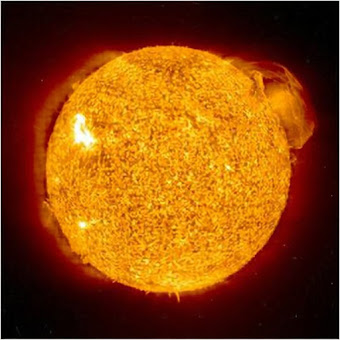Main Sequence
The following citations listed in this article are from What are Main Sequence Stars? - Universe Guide, Types | Stars - NASA Universe Exploration, and Where on the main sequence are high mass stars? - Wise-Answer.
After serving time as a Protostar, a star moves onto its next phase: the main sequence. As hinted in the name, stars will spend the majority of their life as main sequence stars (around 90%, to be precise). The stellar population is mostly made up of stars in this stage (also around 90%). This means that said star could spend an estimated 10 billion years before evolving and moving down the cycle; wow, that's a long time! The amount of time a star stays in this cycle depends on its mass. The smaller the star, the slower it uses up its fuel, making this stage longer.
According to previously cited sources, the main sequence of a star is when "the outward pressure of [a main sequence star's] heat is counter-acted by the inwardly pressure of gravity which keeps the star at a fairly equilibrium." During one's main sequence, a star is ridding itself of mass and energy in order to grow. Think of it like lifting weights; you're exercising to get rid of any unwanted body fat, and by doing so, you're also getting tired and running out of energy (panting, getting sore, etc.). During this phase, a star is, quite literally, bulking up. During its main sequence, a star's job is to convert its hydrogen into helium. Interestingly enough, stars can convert themselves into tons of different elements, depending on their mass. However, a star can never fuse into an element any higher than iron. (Refer to periodic table of elements.)
Image Credits: Free Printable Periodic Tables (PDF)


Comments
Post a Comment